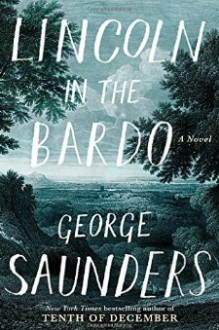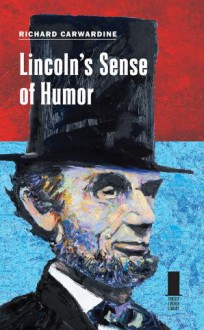
The presidential election of 1860 was unlike any other in American history. The product of the contentious and often violent politics of the 1850s, it saw no less than four candidates contesting for the White House. With the fracturing of the Democratic Party over the issue of slavery, the Republican candidate Abraham Lincoln was able to win with a only a plurality of the vote, thanks to the majority he won in the electoral college through his near sweep of the populous states of the northern United States. In response to his victory, seven southern states sought to break away from the Union, an action that led to the bloodiest war in the nation's history and the eventual abolition of slavery in the country.
Given its dramatic nature and the momentous events that followed, the 1860 campaign has never wanted for attention from historians. Yet Michael F. Holt argues that a number of misconceptions have accumulated around the election which have skewed our perception of it. His book offers a revisionist account of the campaign that highlights these obscured or distorted elements in an effort to gain a better understanding of the issues that defined it for the voters who participated. Foremost among them, he argues, is the idea that the election was primarily about slavery, which he sees as the view of the southerners who would subsequently seek to break away from the union. For most voters, though, the main issue was the corruption of the Buchanan administration. Holt shows how Republicans highlighted this in the months leading up to the election, making the case that what was needed was a clean sweep of the executive branch. As he explains this also played a key role in the selection of "Honest Abe" as the nominee, as Lincoln's profile was one better suited to make the case for the Republicans than that of his main competitors, William Seward and the corrupt Simon Cameron.
While the Republicans sharpened their arguments about Democratic corruption in advance of the election, the Democratic Party was plagued with infighting between the president, James Buchanan, and Stephen Douglas. Holt traces the origins of this to Douglas's refusal to admit Kansas as a state under the proslavery Lecompton constitution. As Holt points out, this coupled with Douglas's qualified acceptance of the Dred Scott decision also alienated him from the southern Democrats who increasingly dominated the party, setting the stage for the party convention in Charleston in 1860 at which the Democrats fractured into pro- and anti-Douglas factions. With a victory by the (at that point undecided) Republican candidate increasingly likely, a group of politicians organized a conservative alternative to Republicans in the form of the Constitutional Union Party, who selected the elder statesman John Bell as their presidential contender. With the nomination of Douglas and Vice President John Breckinridge by the separate Democratic factions, the stage was set for a chaotic contest.
In covering the campaign that followed, Holt pushes back against the traditionally narrow view of it as separate contests between Lincoln and Douglas in the north and Breckinridge versus Bell in the south. Though Breckinridge, and Bell both refrained from electioneering, their campaigns sent speakers and mounted rallies in the northern states as well as the southern ones, while Republicans distributed ballots in the border slave states as well. Most dramatically Douglas undertook the then-unusual step of personally campaigning by making speeches in both the northern and southern states. Holt's chapter on the campaign itself is the best in the book, as he describes the myriad activities the parties adopted to turn out the vote. In this respect the Republican effort proved the most successful, as the dramatic appeals to young voters with the "Wide Awake" clubs and criticisms of Democratic corruption delivering them the victories they needed in the key swing states. As Holt points out, slavery was a salient issue only in the south, where arguments that Republicans were seeking outright abolition were so disconnected from Republican campaign goals that Republicans failed to take seriously the threats of secession by many southerners —a delusion that would quickly be dispelled in the weeks following Lincoln's victory.
As a longtime scholar of antebellum politics, Holt brings a lifetime's worth of learning to his subject. Yet he wears this lightly, providing an accessible description of the election while making arguments that go far towards shaking up the traditional interpretation of the 1860 election. Yet Holt oversells the revisionist nature of his account. Though he performs a valuable service in highlighting aspects of the campaign that were obscured by subsequent events, as Holt himself acknowledges at the end, perceptions of Democratic corruption and "misrule" in the north were as much tied to the perception of the party's excessive deference to southerners' anxieties about slavery as it was the buying of votes or the favoring of Democrats in awarding contracts. Moreover, his account of the election itself only qualifies somewhat the view of it as separate contests, suggesting the misconception is more one of emphasis than detail. Yet in the end these are criticisms of degree rather than of substance. Overall, Holt's reexamination of the 1860 election offers a refreshing reexamination of one of the truly pivotal moments in American history, and is necessary reading for anyone seeking to understand the election and how it led to the devastating conflict that followed.

 Log in with Facebook
Log in with Facebook 









